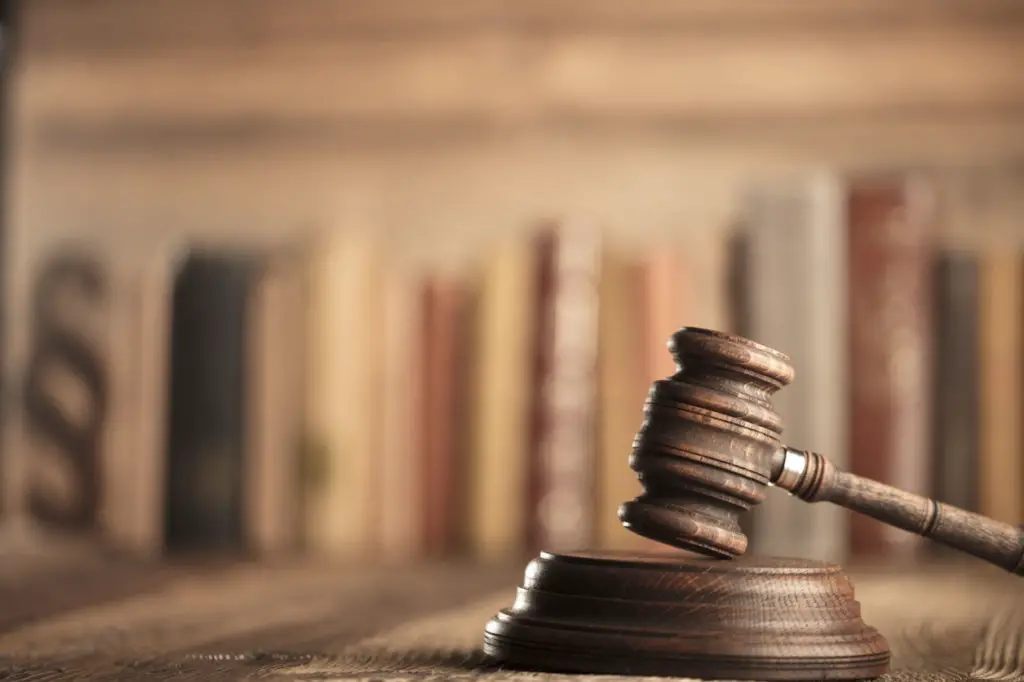What is a Mass Tort?
A Mass Tort is a collective legal action where a large number of plaintiffs sue one or more defendants over a single type of injury caused by a product. These cases usually occur when hundreds or thousands of plaintiffs file a lawsuit against a pharmaceutical company that marketed a dangerous or defective drug or medical device.
Special legal procedures such as the California Judicial Council Coordination Proceedings (JCCP) and the Federal Multidistrict Litigation (MDL) are often employed to facilitate the resolution of mass torts in the United States. A single judge will oversee the litigation after a large number of lawsuits filed by plaintiffs with similar injuries are centralized. This process helps to adjudicate the various questions of fact and law much more quickly by consolidating the most relevant or common ones in a single court. Common questions include, for example, whether the product caused the same type of side effect in different individuals or whether the defendant did not properly warn the public about a specific danger. This also helps the judicial system to save a significant amount of money by cutting the expenses required to hold many trials in multiple courts across the country.

What is the purpose of a Mass Tort?
Individuals who got injured by a large corporation can also leverage the strength that comes from numbers by banding together. This way, even people who cannot afford the resources needed to hire expensive attorney and witnesses to seek financial compensation, can still compel a defendant to settle or face a large litigation that may endanger his reputation.
After a large event harms thousands of individuals, forcing them to file a lawsuit against (for example) a pharmaceutical manufacturer, a mass tort is created to let these plaintiffs seek representation by a lawyer specialized in this type of legal action. After a brief investigation, the attorney will bring their case in a court on their behalf. Centralizing hundreds (if not thousands) of cases before a single court, plaintiffs and law firms may pool their resources and strengthen the case during the trial proceedings. This way they can afford burdensome expenses such as hiring the experts required to substantiate their claims or reviewing an endless amount of documents, which may cost up to several million dollars.
What is the difference between a Mass Tort and a Class Action?
Lawsuits filed by plaintiffs who participate in Mass Torts are still regarded as individual disputes against the defendant (usually a Big Pharma). Although the single litigation is filed in a vast mass proceeding that collects thousands of cases, it is not bound to accept any global or class-wide settlement like a class action case. In a mass tort, the plaintiff may accept a settlement, or ask his attorney to keep fighting for a higher amount of money (or a different judgment) if he wants to decline the initial offer made by the defendant. Unlike a class action, each case must be litigated individually and personal damages and injuries suffered by the victim should be taken into account.
What is a Multidistrict Litigation (MDL)?
In 1968, the Congress established the Judicial Panel on Multidistrict Litigation (JPML) to combine different lawsuits that share a common question or fact. The seven federal judges composing this panel are chosen by the Chief Justice of the Supreme Court and can centralize lawsuits filed across the country by transferring them all to a new court overseen by a single judge. This new aggregated action is usually referred to as a Multidistrict Litigation (MDL). At least one-third of all the litigations pending in federal courts are currently mass torts, and over 2,700 MDLs have been centralized so far for a total of more than 550,000 cases.
After the litigation is over, the Judge presiding over the MDL will send all the individual lawsuits back to the original courts where they were submitted. These so-called remanded cases are then tried individually before a jury which may decide to grant the plaintiff a monetary award to compensate him for all the damage sustained. More often than not, large corporations opt to dismiss the cases or settle for a conspicuous amount of money before the litigation reaches trial. Some of the most famous Mass Torts in history include the Deepwater Horizon oil rig spill in the Gulf of Mexico, the Talcum Powder Product Liability litigation against Johnson & Johnson, and the Xarelto Products Liability Litigation against Bayer.
